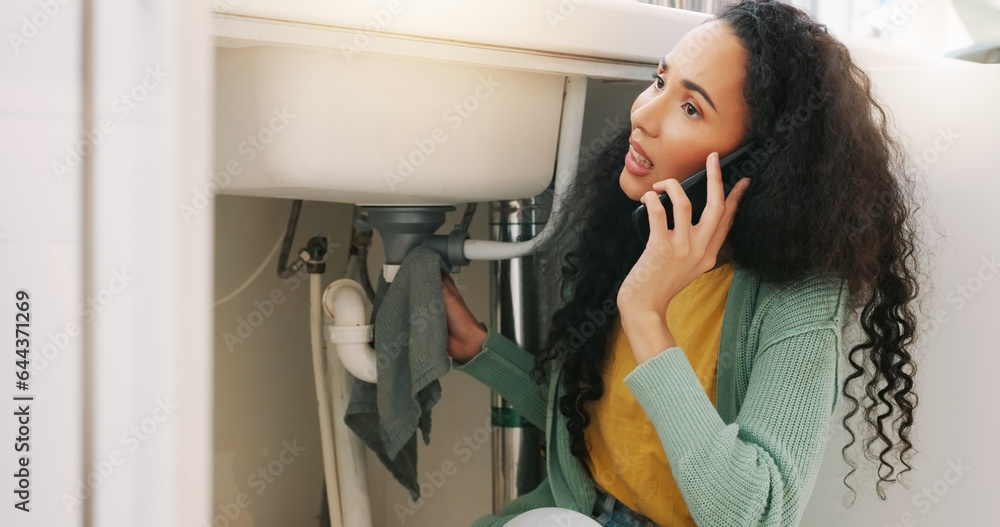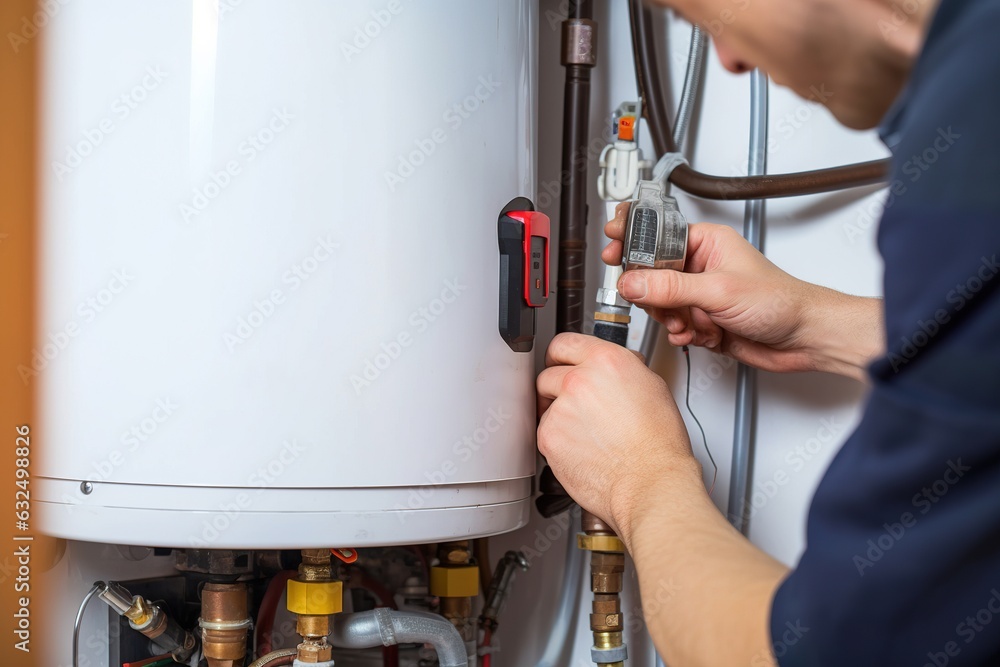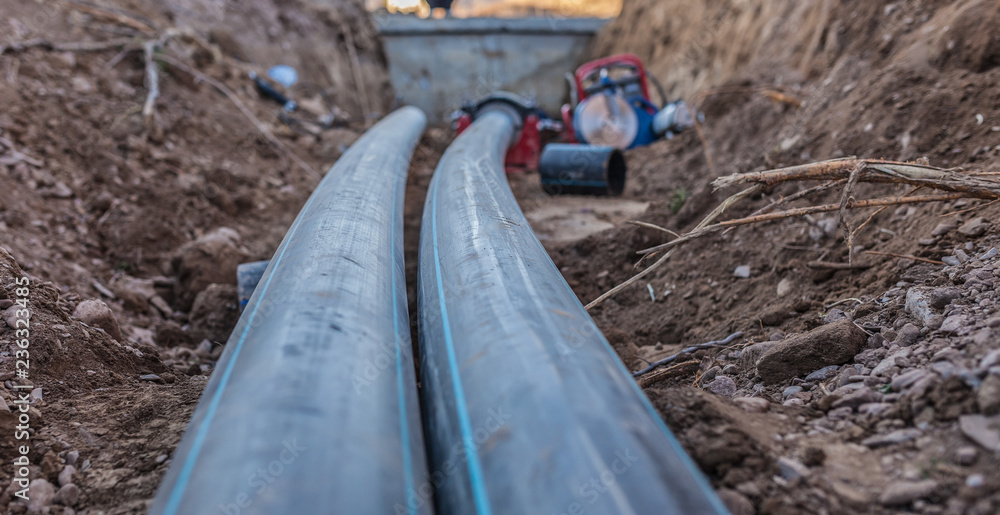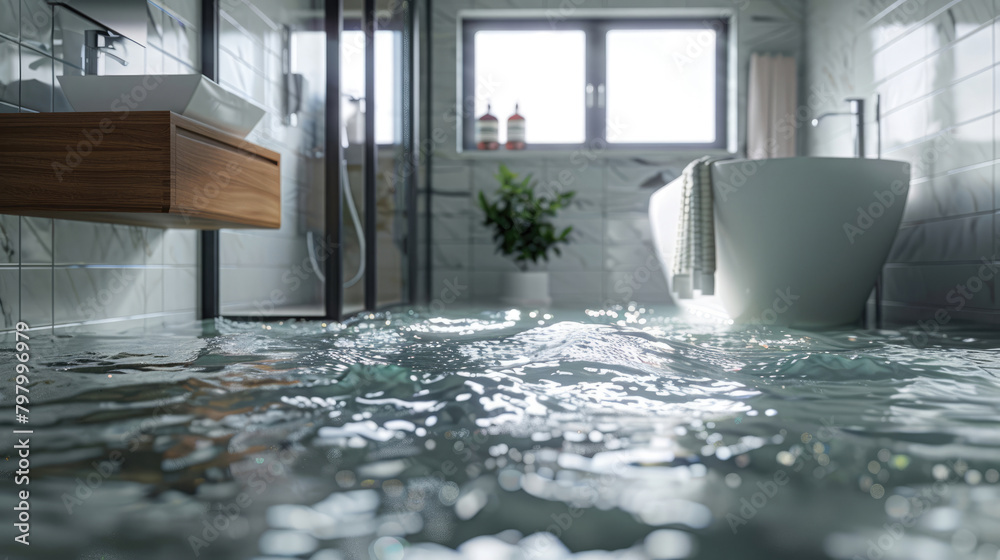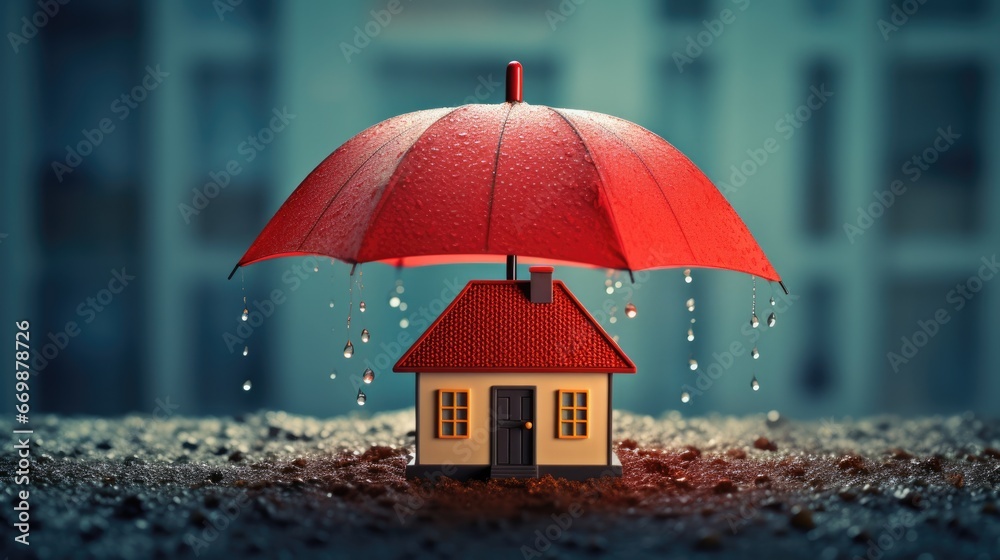The Basics of a Residential Plumbing System
Your home’s plumbing system is a complex network of pipes, fixtures, and appliances that work together to supply clean water and remove wastewater. Here’s a breakdown of the main components:
Water Supply SystemThe water supply system brings fresh water into your home. It typically consists of the following parts:
- Water Main: The main pipeline that delivers water from the municipal supply or a private well to your home.
- Water Meter: Measures the amount of water used in your household.
- Main Shutoff Valve: Allows you to turn off the water supply to your entire home in case of an emergency.
- Cold and Hot Water Lines: Distribute water to various fixtures and appliances. The cold water line runs directly from the water main, while the hot water line is connected to your water heater.
The DWV system removes wastewater and sewage from your home and vents sewer gases to the outside. It includes:
- Drain Pipes: Carry wastewater from sinks, toilets, showers, and other fixtures to the sewer or septic system.
- Waste Pipes: Transport solid waste from toilets to the sewer or septic system.
- Vent Pipes: Allow sewer gases to escape and help maintain proper pressure in the drain pipes to ensure smooth flow.
These are the visible parts of your plumbing system that you use daily. They include:
- Faucets and Sinks: Provide access to clean water and a way to dispose of wastewater.
- Toilets: Remove human waste and wastewater.
- Showers and Bathtubs: Provide a way to bathe and dispose of wastewater.
- Water Heater: Heats water for use in showers, sinks, and appliances.
- Appliances: Such as dishwashers and washing machines that require water supply and drainage.
Join HICP Homeowner’s Alliance
Connect with experts, get special discounts and enjoy member benefits
Key Terms and Concepts
To understand your plumbing system better, it’s essential to familiarize yourself with some common terms and concepts:
- PSI (Pounds per Square Inch): A measure of water pressure. Most homes have a water pressure of 40-60 PSI.
- GPM (Gallons per Minute): A measure of water flow rate. Faucets and showerheads are often rated by their GPM.
- Trap: A curved section of pipe under sinks and other fixtures that holds water to prevent sewer gases from entering your home.
- Cleanout: An access point for clearing blockages in the drain pipes.
Basic Plumbing Maintenance
Regular maintenance can prevent many common plumbing problems and extend the life of your system. Here are some tips:
Inspect Regularly
- Look for Leaks: Check faucets, showerheads, and visible pipes for any signs of leaks or drips.
- Monitor Water Pressure: Install a water pressure gauge to ensure your pressure stays within the recommended range.
- Check for Corrosion: Examine exposed pipes for signs of rust or corrosion.
Keep Drains Clear
- Use Strainers: Install strainers in sinks and showers to catch hair and debris.
- Avoid Pouring Grease: Do not pour grease or oil down the drain as it can solidify and cause blockages.
- Flush with Hot Water: Periodically flush drains with hot water to clear out any buildup.
Maintain Your Water Heater
- Check the Temperature: Ensure your water heater is set to a safe temperature, typically around 120°F (49°C).
- Drain the Tank: Drain a few gallons of water from the tank annually to remove sediment buildup.
- Inspect the Anode Rod: Check the anode rod every few years and replace it if necessary to prevent corrosion.
When to Call a Professional
While regular maintenance can handle many minor issues, some problems require professional attention. Here are some scenarios when you should call a plumber:
- Persistent Leaks: If you cannot stop a leak or if it recurs, it’s time to call a professional.
- Low Water Pressure: Consistently low water pressure can indicate a more serious issue like a hidden leak or pipe blockage.
- Sewage Smells: If you smell sewage in your home, it could mean there’s a problem with your sewer line or vent pipes.
- Major Installations: For tasks like installing a new water heater or major appliance, it’s best to hire a professional to ensure it’s done correctly.
Understanding your home’s plumbing system is an essential part of homeownership. By familiarizing yourself with the basics and performing regular maintenance, you can prevent many common problems and ensure your plumbing system runs smoothly. Remember, when in doubt, don’t hesitate to call a professional plumber to help you tackle more complex issues. With this knowledge, you’ll be better equipped to protect your home and keep your plumbing in top condition.

